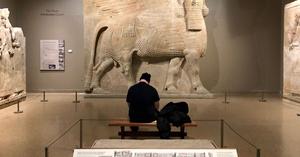INANNA'S DESCENT
See: https://www.harappa.com/blog/ghaggar-hakra-paleochannel-controversy
http://oracc.museum.upenn.edu/amgg/listofdeities/pabilsag/index.html
and https://www.historyfiles.co.uk/KingListsMiddEast/MesopotamiaSumer.htm
https://en.wikipedia.org/wiki/Geography_of_Iraq
Dilmun:
https://es.wikipedia.org/wiki/Rann_de_Kutch
Lapis Lizuli Mines https://www.harappa.com/category/place/shortugai
https://www.harappa.com/indus/1.html
https://en.wikipedia.org/wiki/Homing_pigeon
FOOTNOTES
THINK: Gobekli Tepe:
https://www.smithsonianmag.com/history/gobekli-tepe-the-worlds-first-temple-83613665/
[1] Encyclopedia Judaica: Pardes
[2] Black, Jeremy; Green, Anthony (1992), Gods, Demons and Symbols of Ancient Mesopotamia: An Illustrated Dictionary, The British Museum Press, ISBN 0-7141-1705-6 (pp. 169-170)
Note: the Exile of the Jews from Babylon figures significantly in the development of Kabbalah and has an impact on the deck. See The Jewish Temples: The Babylonian Exile (597 - 538 BCE)

Comments
Post a Comment